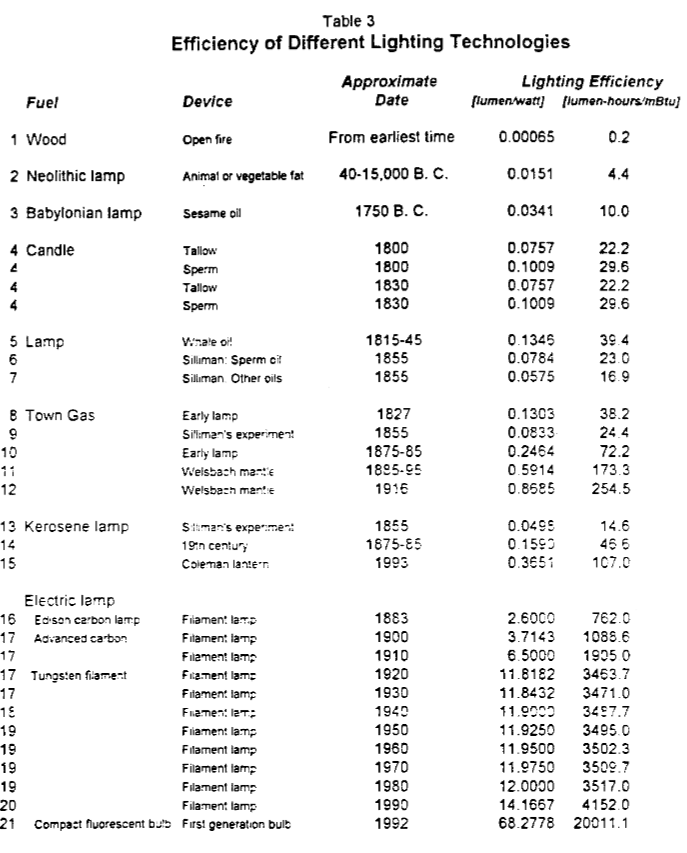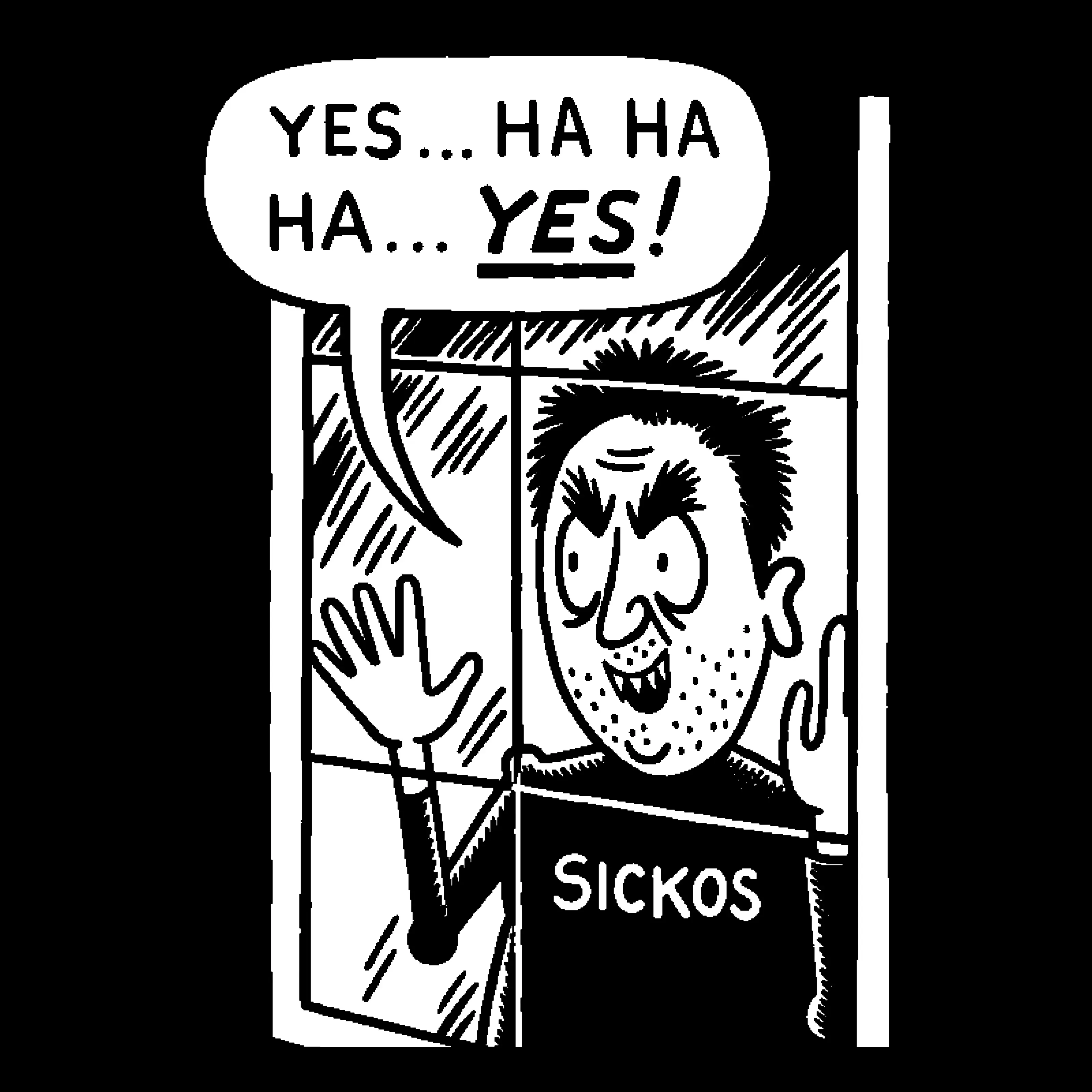The Washington Post article mentions a 1994 research paper by William Nordhaus as the source, but their link doesn’t seem to work. Here’s a working link to the paper:
https://cowles.yale.edu/sites/default/files/2022-08/d1078.pdf
60 hours of labor wouldn’t be enough to keep a campfire burning for 1 hour? And it took an hour of labor to keep an incandescent bulb on for just that one hour?
It’s skewed by lighting efficiency as well. Note the last column on the right. This table is taken from the study linked in the OP
Also this is more a study on the efficiency of modern labor and how it’s measured than anything else. What I gathered from the paper is that we as a society are not being paid our collective worth in our wages.

Depends on how big the fire is I suppose.
The research paper tries to adjust for light output. One oil lamp, or one campfire, makes less light than a modern incandescent bulb. It’s saying you need to spend 60 hours gathering and splitting wood with stone tools to make a campfire with the same light output that a modern bulb could produce in 1 hour.
And 60 hours’ worth of earnings in 1993 (when the paper was written) would buy you enough electricity for hundreds of thousands of hours of light with a modern bulb.
There are big assumptions necessary to come up with these numbers. The story is that the various technologies advanced by many orders of magnitude over time.
Aren’t almost all modern bulbs LED?
The source study is from 1994. Needs an update for sure.
deleted by creator
It’s not negative, it’s between 1 and .1 (but much closer to 1)
I don’t think anyone was using CFLs in 1950



